(6 min read) Antwerp boasts a surprisingly diverse museum landscape that rivals many better-known European destinations, offering everything from medieval masterpieces to modern interactive exhibitions.
Overview
Unlike most of my Museum Mondays, which focus on a single museum, today — and in honor of Antwerp Cathedral’s placement two days ago in the Fifty Greatest Works of Gothic — we are looking at over a half dozen museums located in Antwerp.
Is Antwerp the most underrated city in Europe? While I can’t make that claim for certain, I do think it is highly underrated — you often hear people going to visit Brussels, Bruges or Ghent, but when was the last time you heard anyone plan a trip to Antwerp?
Yet collectively Antwerp’s museums beat any city in Belgium except Brussels, and while Ghent and Bruges have wonderfully cute medieval centers, they don’t feel like “real cities.” Bruges in particular feels like a kind of medieval Disneyland, especially when the ungodly crowds of day tripping cruise ship people are being herded around.
Antwerp, on the other hand, is the kind of place you could live. Or at least spend a week, exploring the inner city and using it as base to explore other nearby small towns, and enjoying restaurants and cafes that have actual locals in them.
Antwerp has much more than museums, of course — the cathedral and two other Gothic churches are worth a visit, as is the City Hall, Het Steen, and plenty of other old buildings and interesting neighborhoods. But we’ll focus on museums here.
Seven Museums
I spent a full week in Antwerp in 2022, and returned for a day in December last year. In that time I visited seven museums. Most are on the small side and can be profitably experienced in 90 minutes or less, though both MAS and the Fine Arts Museum are large enough that if their collections look interesting to you then it might be worth planning for two visits (or a single exhausting 3-4 hour visit).
There are more museums than just the seven below, but I whole-heartedly recommend all of these, and present them in a rough order of size and specialization — starting with the smallest and most specialized, and ending with the largest museum with a very broad collection.
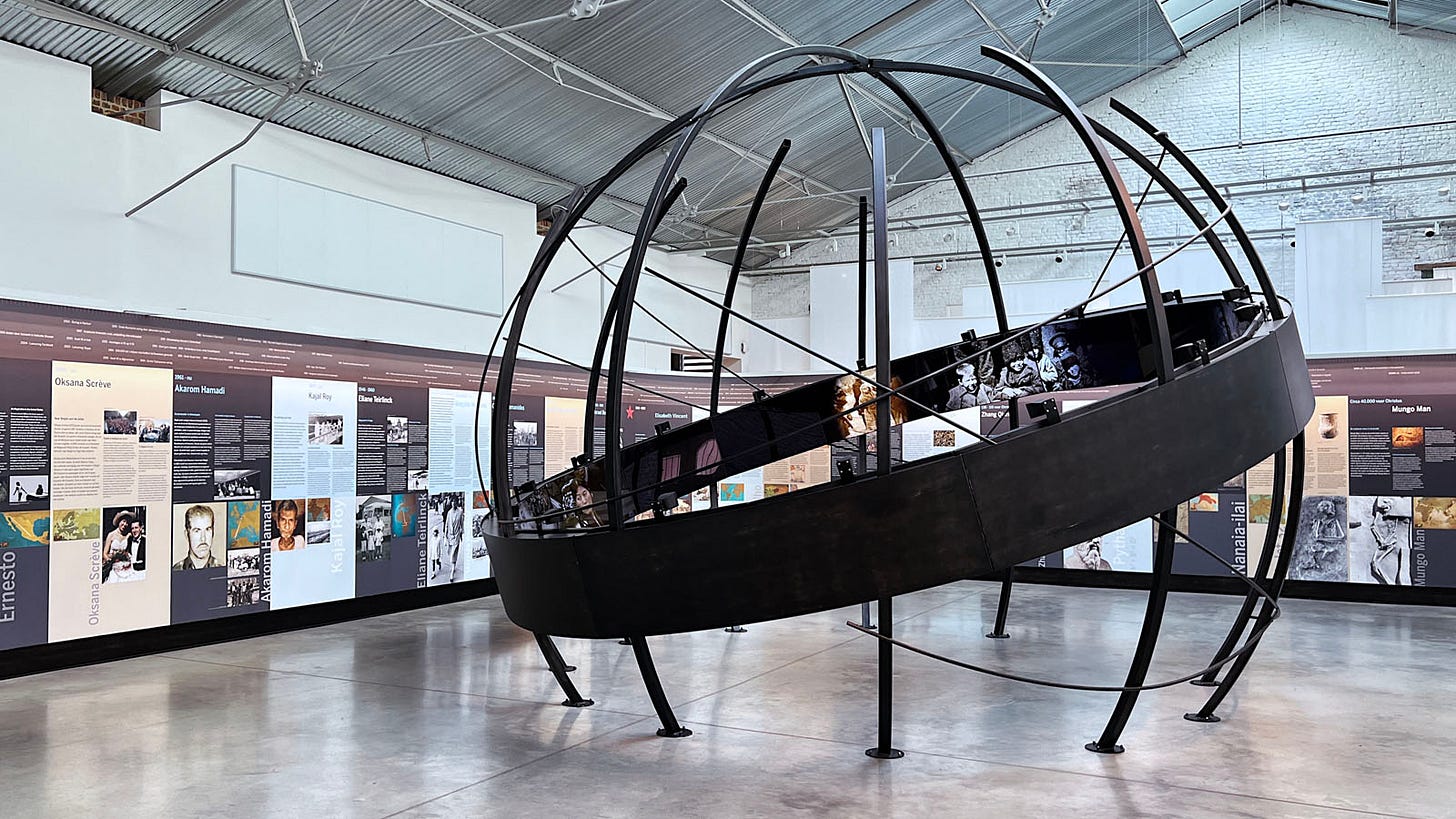
The Red Star Line Museum (figures 4-5) documents the shipping company that transported over two million European emigrants to America between 1873 and 1935. It's a deeply engaging museum with interactive displays that help visitors understand the emigrant experience, perfect for anyone interested in migration history or with ancestors who may have made the journey
Snijders&Rockoxhuis (figure 6) is a 17th-century patrician home turned intimate museum, showcasing the private collection of Nicolaas Rockox, once Antwerp's mayor. It offers a perfectly preserved glimpse into the domestic life of Antwerp's elite during the city's golden age, appealing to those who enjoy period interiors and Flemish art in an authentic setting. (See “Art in Detail” below for more from here.)
Rubenshuis (figures 2 & 7) is the former home and studio of Antwerp's most famous painter, Peter Paul Rubens, featuring original artworks and meticulously recreated 17th-century interiors. It provides an intimate look at the artist's life and working methods, essential for art lovers and anyone interested in seeing how a master painter lived and created.
The Museum Mayer van den Bergh (figure 8) houses the exceptional private collection of Fritz Mayer van den Bergh. This small museum is a treasure trove for medieval and Renaissance art enthusiasts, offering a curated experience that punches well above its weight in terms of artistic significance. (See “Art in Detail” below for more from here.)
The Museum Plantin-Moretus (figures 9 & 10) — a UNESCO World Heritage site — preserves the world's oldest printing presses and the 16th-century headquarters of the Plantin-Moretus publishing dynasty. It’s a remarkable time capsule of early printing technology and business offers fascinating insights for book lovers, typography enthusiasts, and anyone interested in how printing transformed the world (as I discussed in this post). (See “Art in Detail” below for more from here.)
The Royal Museum of Fine Arts Antwerp (KMSKA) (figures 1 & 11) houses Belgium's finest art collection outside Brussels, with masterpieces spanning from Flemish Primitives to modern art, all displayed in a magnificently renovated building. The museum's stunning juxtaposition of classical and contemporary gallery spaces creates a perfect backdrop for its world-class collection, making it a must-visit for serious art enthusiasts. (See “Art in Detail” below for more from here.)
The Museum aan de Stroom (MAS) (figures 3, 12-13) is Antwerp's most ambitious modern museum, housed in a striking contemporary building that serves as both architectural landmark and cultural center. Its diverse exhibitions explore Antwerp's maritime history, global trade connections, and surprisingly excellent Pre-Columbian art collection, while offering spectacular panoramic views of the city from its rooftop, making it appealing to visitors with wide-ranging interests (See “Art in Detail” below for more from here.)
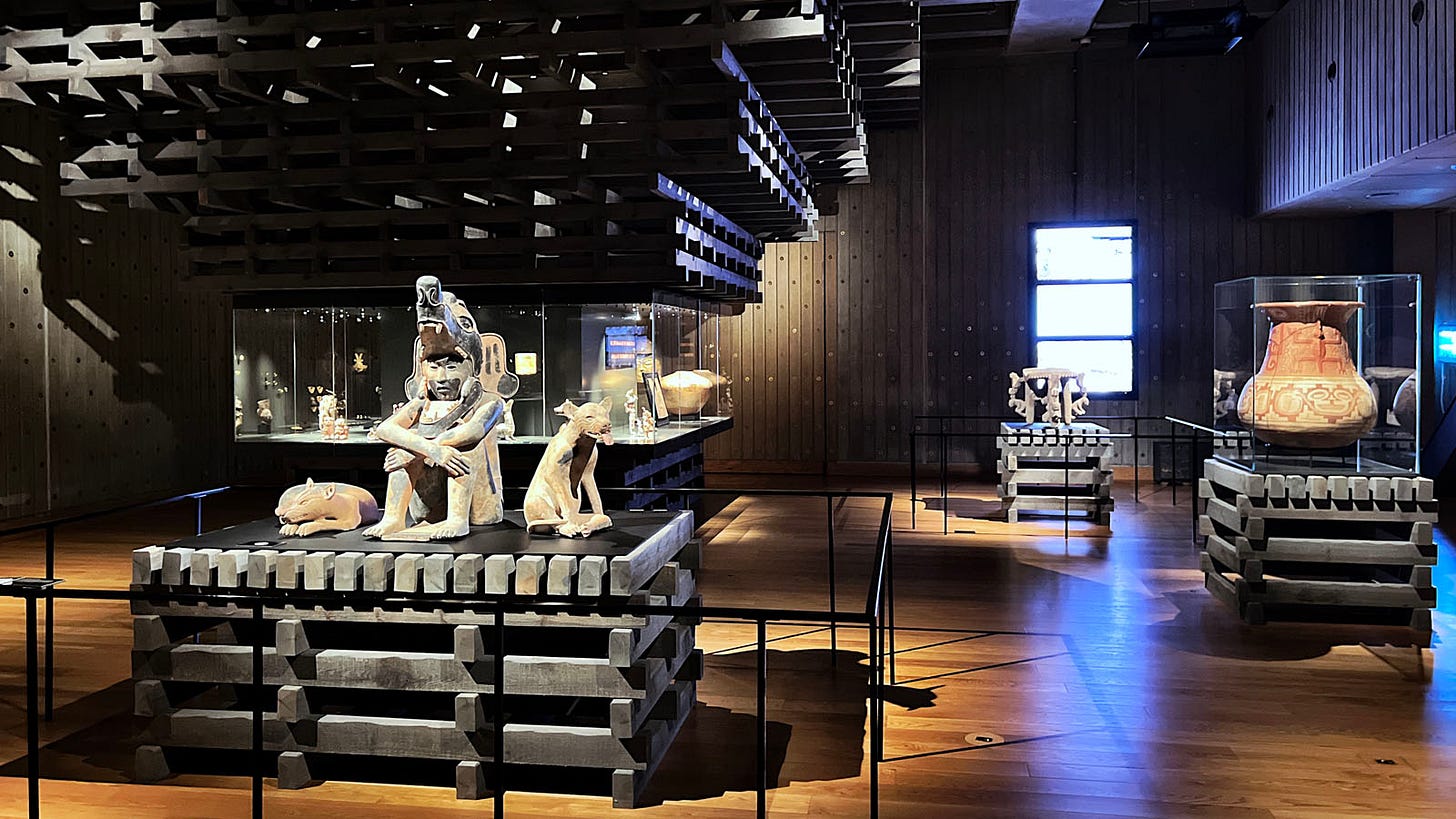
Don’t Miss
If you like Gothic architecture (and most of my subscribers do), then in addition to the Cathedral make sure to also visit Sint-Jacobskerk and St-Pauluskerk. St Paul’s (figure 14) in particular is a great church, but with odd hours if I recall correctly. So look into opening times before showing up.
** Please hit the ❤️ “like” button❤️ if you enjoyed this post; it helps others find it! **
Art in Detail
For a detailed look at some of the pieces in the museums mentioned above which I found particularly interesting or photogenic, check out these recent Substack Notes:
Practical Information
My Visits: 4-10 September 2022 & 14 December 2024
Best For: Art and history enthusiasts seeking alternatives to crowded tourist destinations; lovers of printing history and Northern Renaissance culture.
Pro Tip: Antwerp can make a great base for day trips to small towns as well. Mechelen and Lier are great two options each less than a half hour by train, and many other options exist less than one hour.
Suggested Reading: “Europe's Babylon: The Rise and Fall of Antwerp's Golden Age” by Michael Pye, which traces the late medieval and early modern of history of Antwerp, when the city was central to world trade and exploration and also one of Europe’s premier cultural centers.


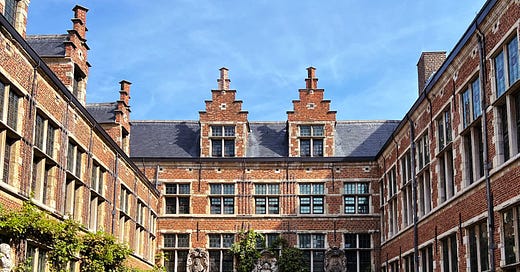


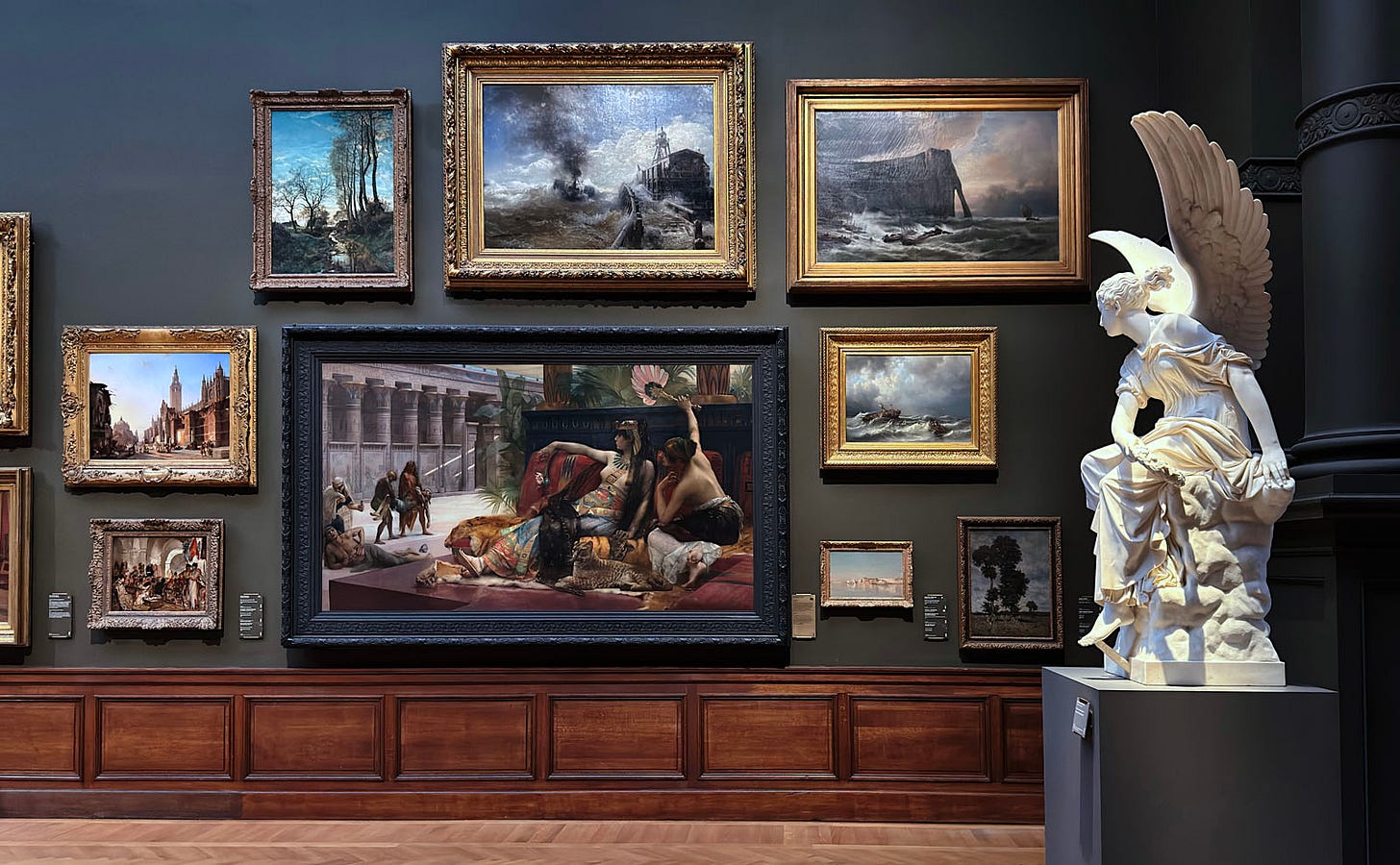


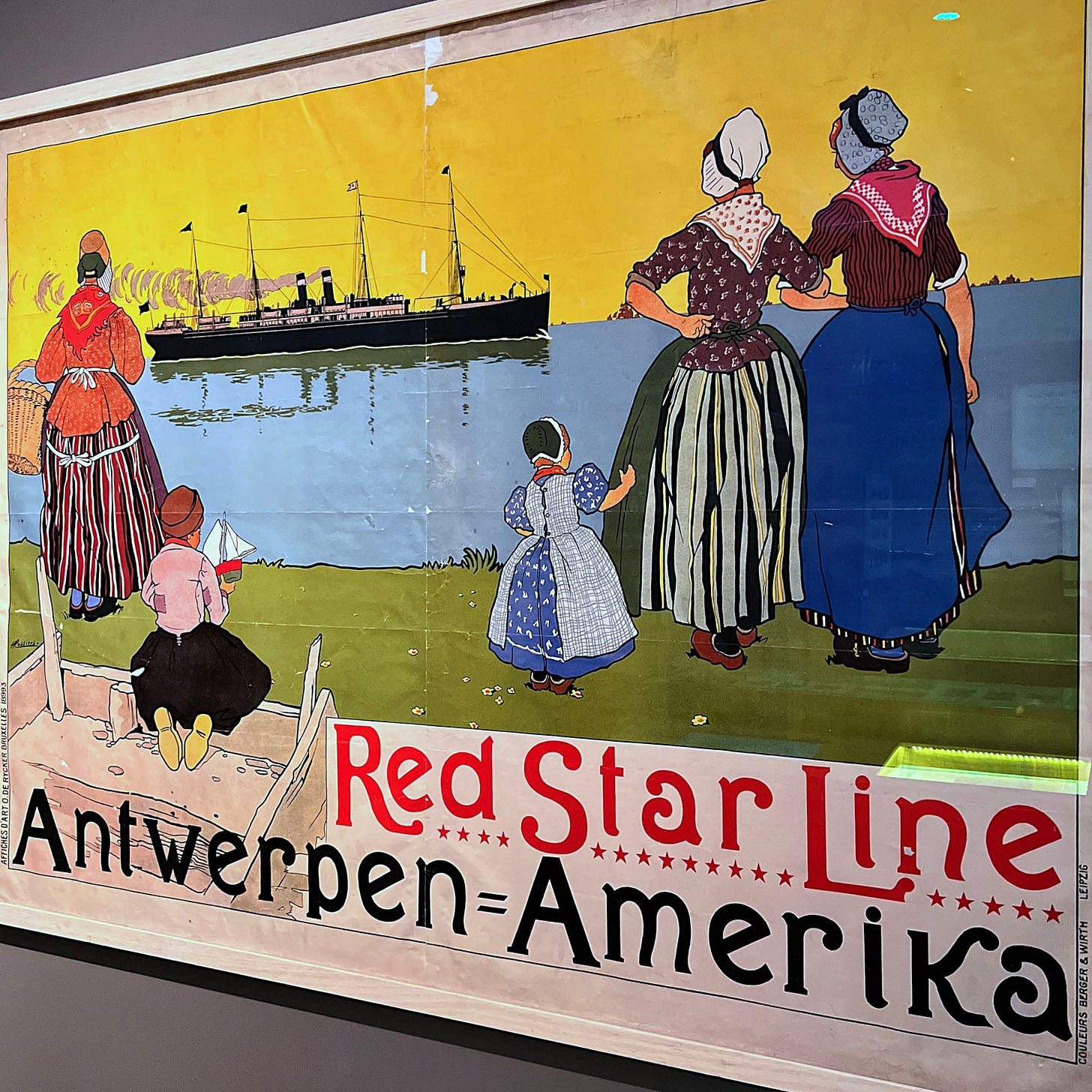
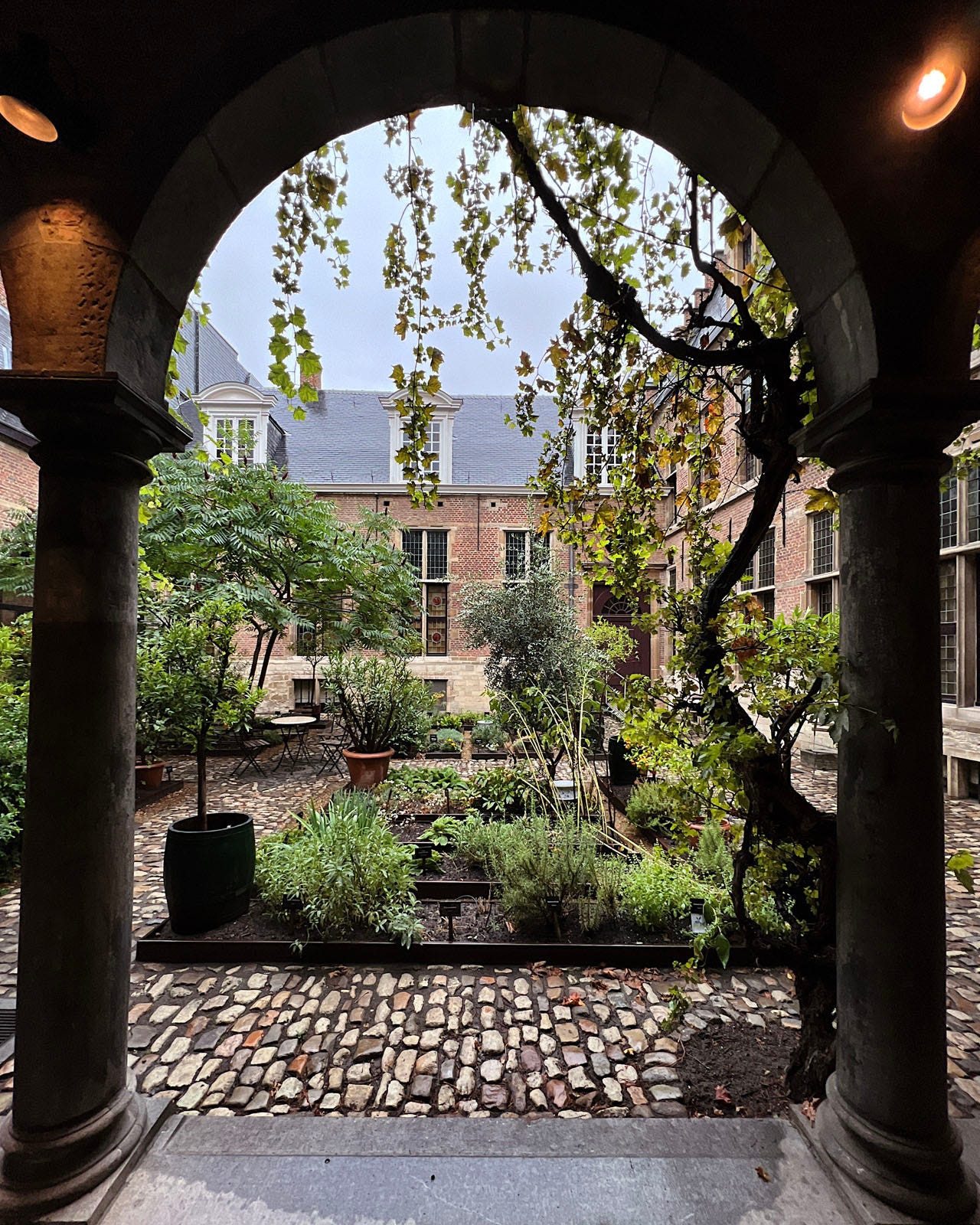
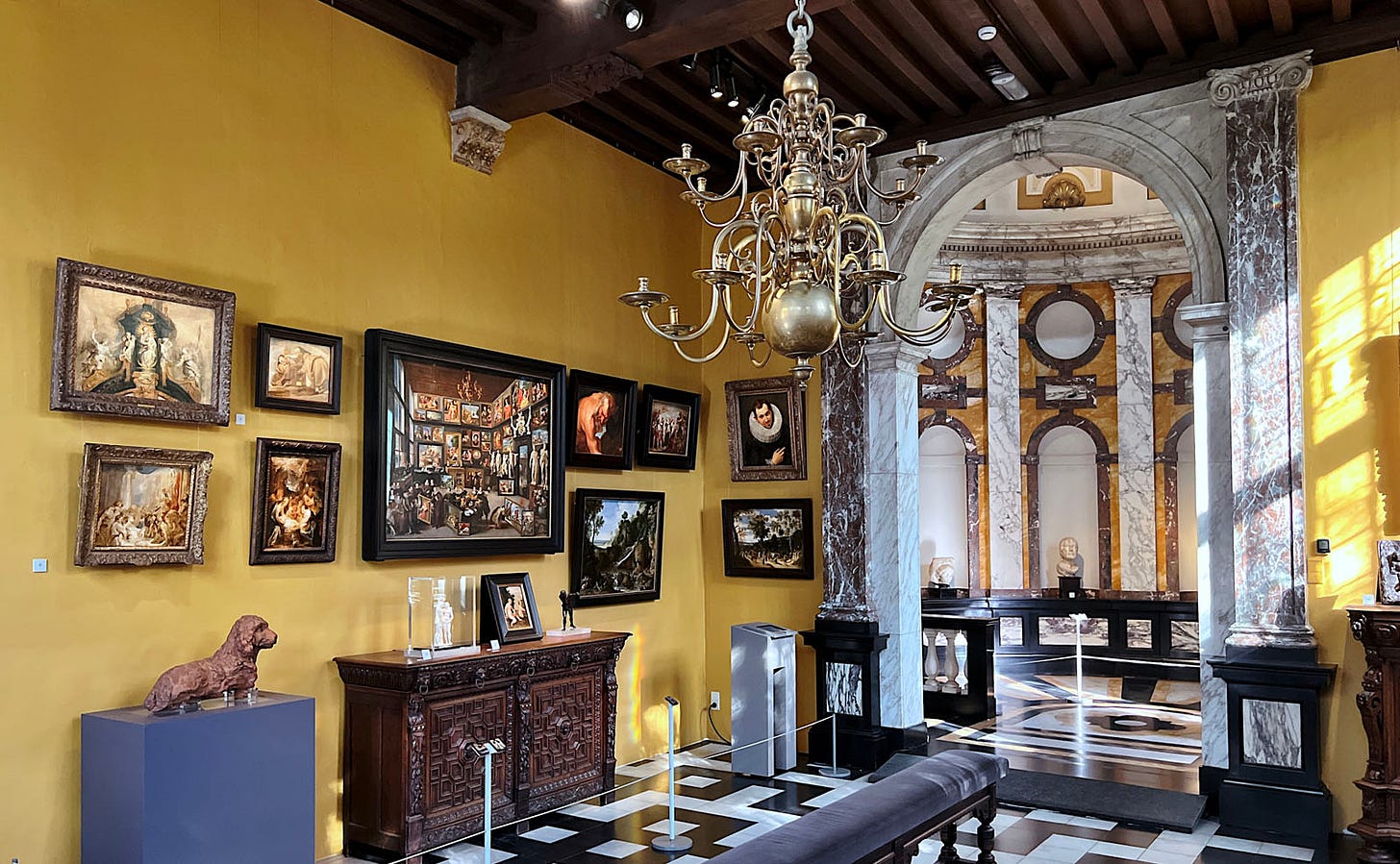
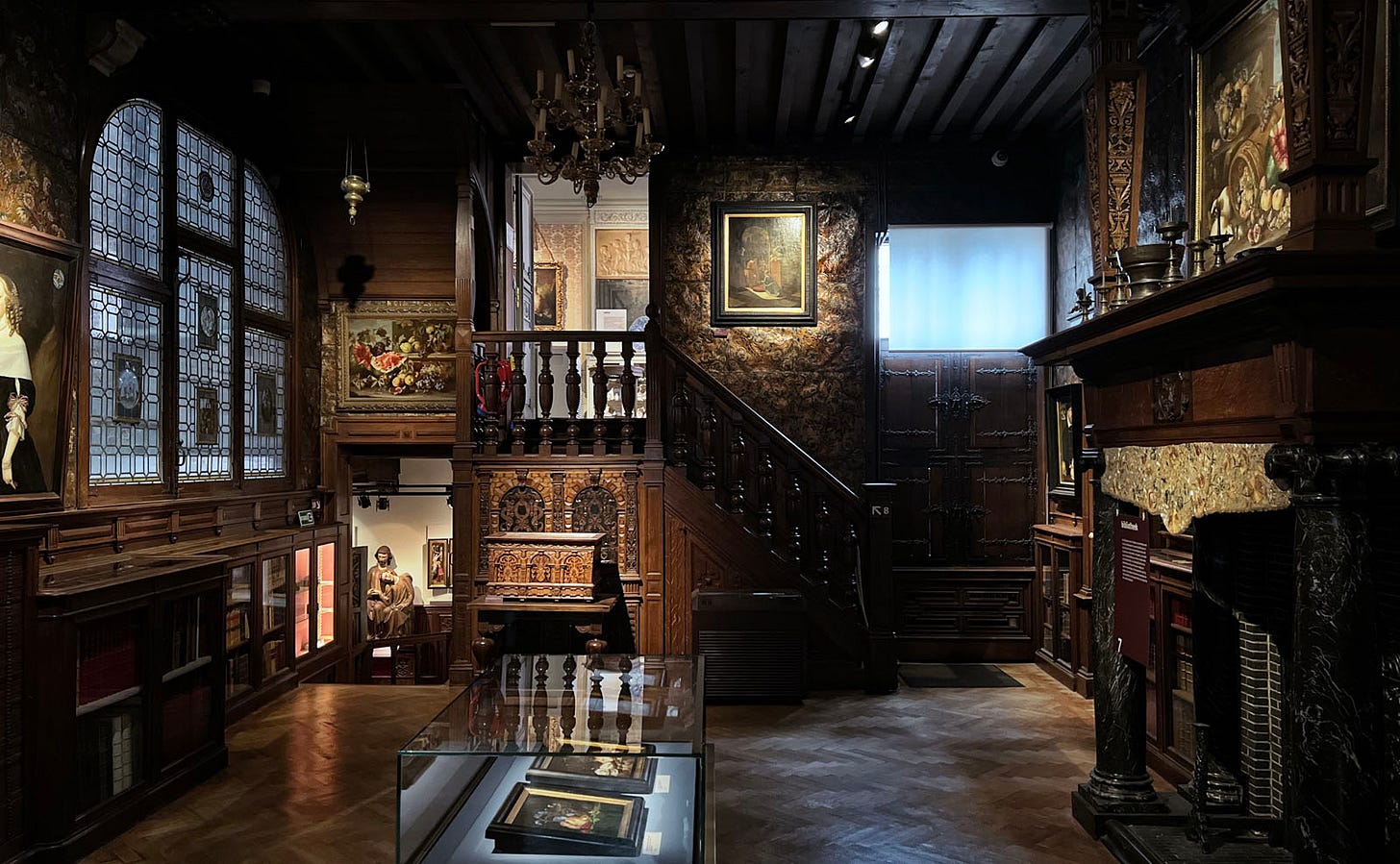



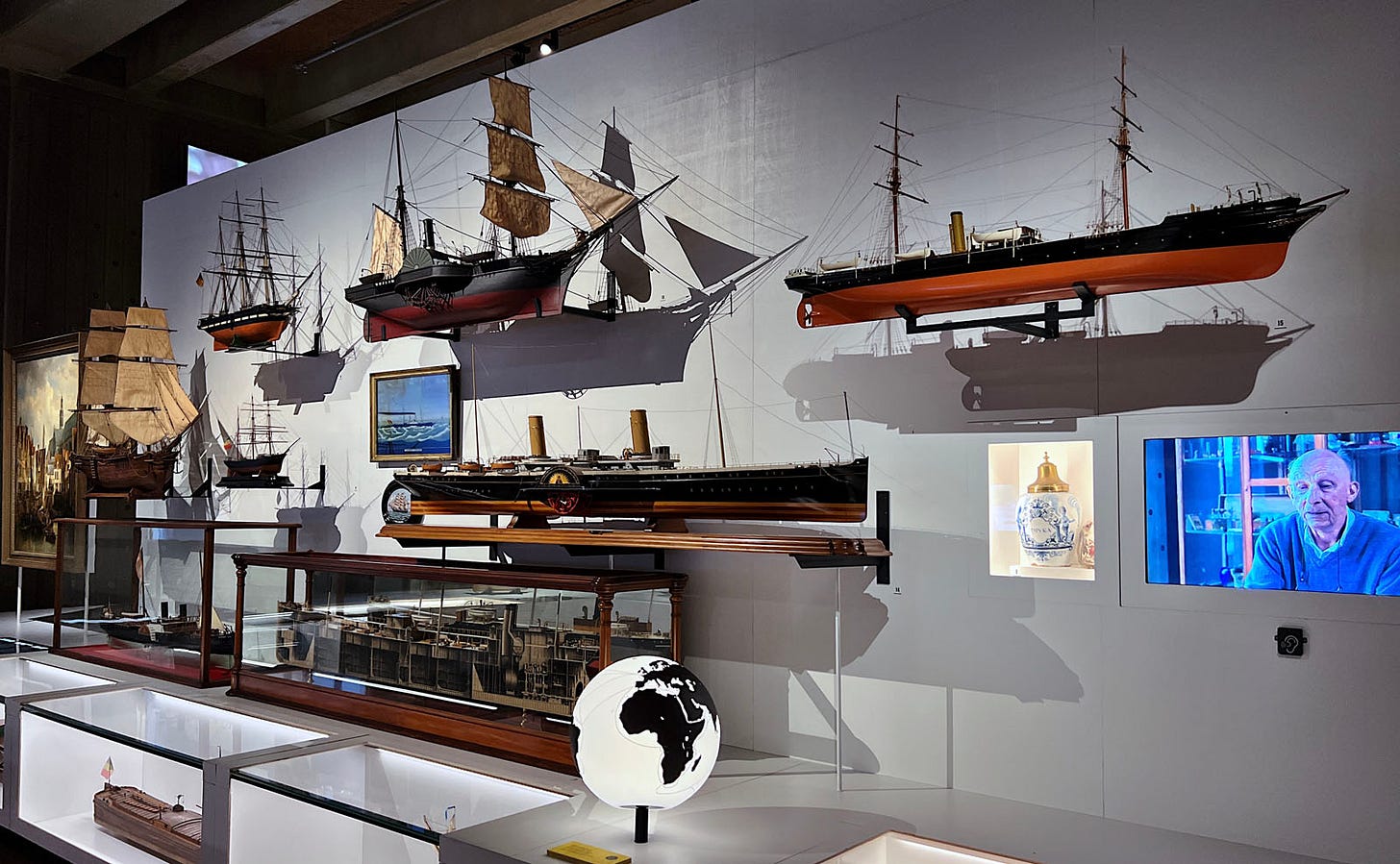
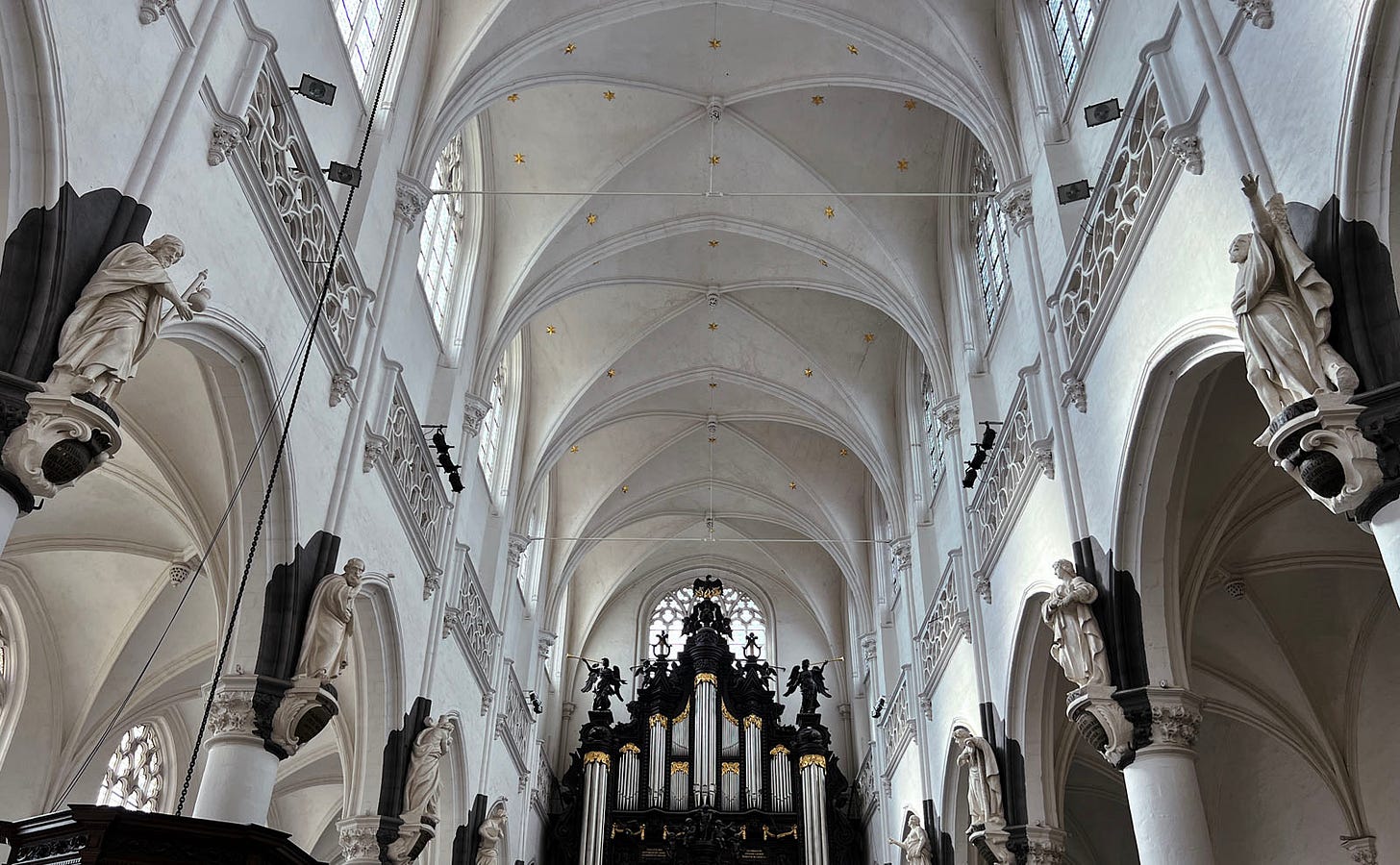
I see now I have indeed underappreciated Antwerp! fascinating thanks Ben!